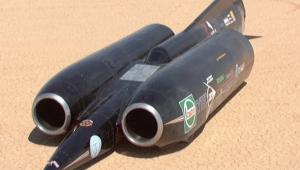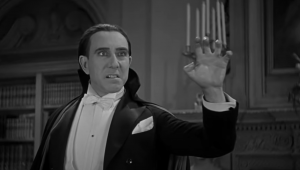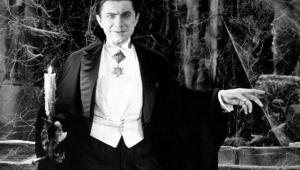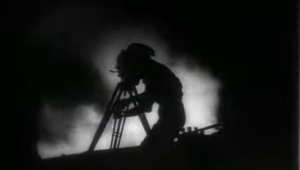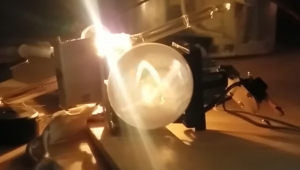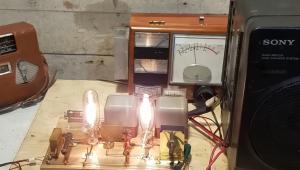The Sennheisers: Brothers in Sound

You probably know Sennheiser from its quality headphones and earbuds. If you dabble in the recording arts, you know that Sennheiser microphones occupy a valued place in any quality mic closet. You might not know the company's history, and until a few days ago I did not know that it is still a family-run company, headed by two 3rd-generation Sennheisers, brothers Andreas (pictured left) and Daniel (pictured right).
In 1945 Fritz Sennheiser and several of his colleagues at the University of Hannover started a company named after their engineering lab there called Laboratorium Wennebostel (known as "Lab W"). Their first product was a voltmeter and it was soon followed by microphones and other electrical equipment. In 1958 the company was renamed "Sennheiser Electronic." In 1968, notably, the company introduced the world's first open-air headphone - still a Sennheiser specialty.
In 1987, Fritz turned the company over to his son, Jörg Sennheiser. For those of you fortunate enough to have Neumann microphones next to the Sennheisers in your mic closet, it's worth noting that in 1991 Sennheiser acquired Neumann. In 2013, third-generation Andreas and Daniel Sennheiser became co-CEOs of the company. Today, Sennheiser, still headquartered near Hannover, operates in more than 50 countries, has 19 subsidiaries and trading partners, employs 2,750 people worldwide, and has manufacturing plants in Germany, Ireland, and the US.
I had the pleasure of meeting Andreas and Daniel at Art Basel in Miami last week, and came away with a very favorable impression. First, I bet they've had offers to sell the company, probably with very significant sums of money tempting them to cash out. But, they are committed to keeping Sennheiser as a family business. All too many audio companies have been swallowed up; I admire their commitment to avoid that.
I was also impressed by two of their experimental projects. The HE 1 headphone system is touted as the best headphone in the world, and with a vacuum-tube amplifier cabinet sculpted from a block of Carrara marble and priced at about $50,000, I won't disagree. Even more interesting, development of the system specifically challenged Sennheiser engineers to do their very best work, exploring and learning as they went. Similarly, Sennheiser showed their Ambeo 3D Audio system. Starting with custom recording techniques, Ambeo recordings are played through a 9.1 system (using Neumann loudspeakers) to provide an immersive experience. Again, this demonstrates Sennheiser's willingness to tackle new learning curves.
Finally, it's my belief that one test of a company's worth is whether, and how significantly, it supports the arts. Sennheiser passes this test with its Future Audio Artists Program, directed to support emerging sonic artists. As Andreas notes, "Technology and art may seem to be polar opposites, but as a pioneer in audio we occupy a magical place where they come together." The program's first commission was to German audio artist Nik Nowak to create sculptural audio pieces including an avant-garde 4,000 watt subwoofer system that made its (literally) earth-shaking debut at Art Basel. Also, the program's advisory board has selected artists for future projects.
Is Sennheiser a profit-making enterprise? Of course. But the brothers' interest in challenging product experiments, and their strong support of art, in my mind, make them special in the corporate landscape of small, independent companies.
And what are the Sennheisers planning next? My colleague Leslie Shapiro asked them about their future when she talked to them at Art Basel. Look for her interview in Grace Notes next week.
- Log in or register to post comments

